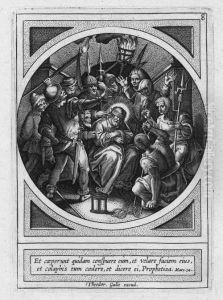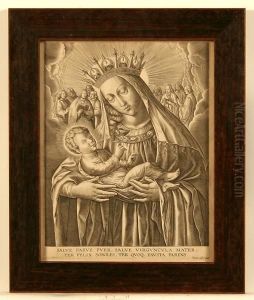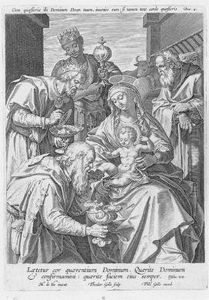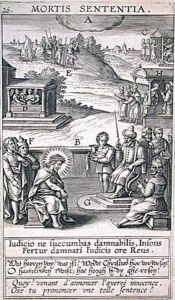Theodore Galle Paintings
Theodore Galle was a prominent Flemish engraver and printmaker, born in Antwerp in 1571. His career flourished during the late 16th and early 17th centuries, a period that was marked by significant developments in the art of engraving in Europe. Galle came from a family deeply involved in the arts; his father, Philip Galle, was also a notable engraver and publisher, which provided Theodore with an environment conducive to developing his artistic skills from a young age. He was apprenticed to his father and later took over the family workshop, continuing the tradition of producing high-quality engravings.
Galle is best known for his collaboration with some of the leading artists of his time, including Jan van der Straet, also known as Stradanus, and the cartographer Abraham Ortelius. His works encompass a wide range of subjects, from religious themes and mythological scenes to landscapes and scientific illustrations. One of Galle’s major contributions was his work on the illustrations for Ortelius’s 'Theatrum Orbis Terrarum,' considered to be the first modern atlas. His engravings were not only artistically significant but also played a crucial role in disseminating knowledge across Europe during the Renaissance.
Throughout his career, Theodore Galle’s engravings were highly sought after by collectors and scholars. His ability to translate paintings and drawings into engravings that retained the original’s detail and emotional depth was particularly admired. Galle’s workshop became a center for artistic training, where he mentored the next generation of engravers, including his son, Cornelis Galle the Elder, who would also achieve renown in the field. Theodore Galle passed away in Antwerp in 1633, leaving behind a legacy that significantly influenced the development of engraving in Europe. His works continue to be studied and appreciated for their technical skill, artistic beauty, and historical importance.



